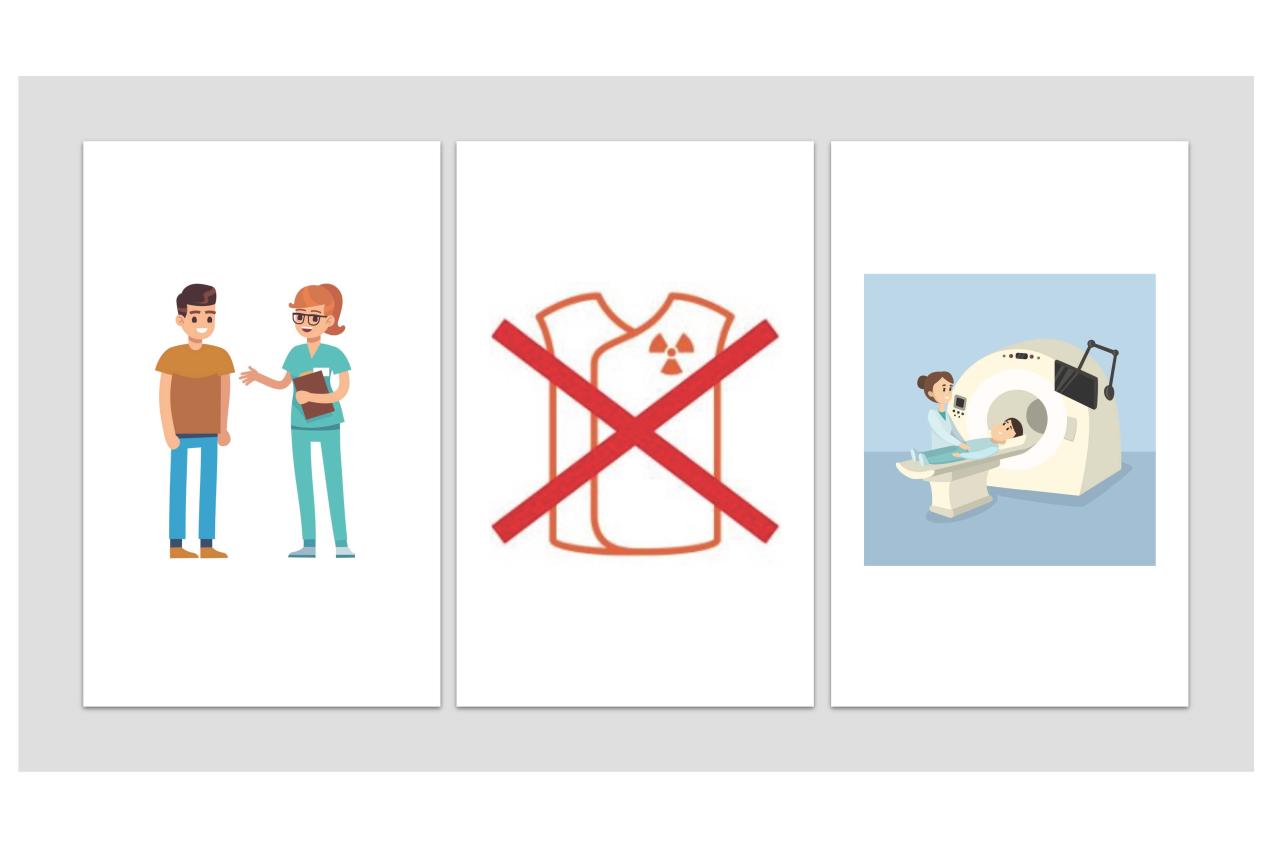24th EURADOS Webinar on Patient Shielding
All information
Online event
Starting time: 14:00 CET
Overview
For the past 70 years, common practice among radiology professionals has been to routinely place a lead shield directly on patients during radiologic procedures. The aim was to reduce the dose to organs at risk. Two main factors contributed to the widespread use of patient protection in clinical practice: knowledge of the radiosensitivity of various organs and the dose level and risk estimates prevailing at the time. However, dose levels, and therefore estimated risk, have changed over the years due to technical improvements (e.g. digital detectors) in X-ray imaging. Additionally, knowledge of the radiosensitivity of various tissues and organs has evolved with new epidemiological studies.
Following the actual knowledge, a growing number of studies have raised concerns about the effectiveness of contact shielding. Furthermore, a review of available recommendations over the last 39 years, 83 documents from 32 countries and 6 international organizations on use of contact shielding has been performed within the framework of the activities of EURADOS Working Group 12. The outcome of this review highlighted that there is a wide variety of positions among documents, therefore, evidence-based consensus is still needed to ensure best and consistent practice.
A group was formed (GAPS) with the purpose of developing consensus in the area of patient shielding based on the expert recommendations. The resulting publication of the GAPS to end the practice of contact shielding, apart from with a few exceptions, represents the current consensus view of the main bodies involved in radiation safety and imaging in Europe: European Federation of Organisations in Medical Physics (EFOMP), European Federation of Radiographer Societies (EFRS), European Society of Radiology (ESR), European Society of Paediatric Radiology (ESPR), EuroSafe Imaging (ESI), European Radiation Dosimetry Group (EURADOS), and European Academy of DentoMaxilloFacial Radiology (EADMFR). The GAPS group realized a survey and showed that contact shielding is still used across Europe. However, a non‐shielding policy could be adopted in most hospitals if European professional societies provided recommendations.
How to translate research findings into clinical practice? Practitioners need to be informed of the most recent guidance, emphasizing the significance of gaining a thorough understanding. This is crucial due to the challenging nature of altering habits related to patient shielding, which have been ingrained over more than six decades. Additionally, it is essential to address the potential lack of comprehension among patients and parents, especially considering variations in approaches among radiographers performing the same procedure within the same department.
Programme
- Introduction to EURADOS and WG12 (Zeljka Knezevic)
- Regulations and current practice (Marta Sans Merce)
- The European consensus (Paddy Gilligan)
- No-shielding policy: how to inform patients and caregivers (Shane Foley)
Organisation
This webinar is organised by EURADOS WG12 "Dosimetry in medical imaging"
Registration info
Register here!
Speakers
Marta Sans Merce
Dr Marta Sans Merce is a medical physicist from the Department of Diagnostics at University Hospital, Geneva, and currently the President of the Swiss Society of Radiobiology and Medical Physics (SSRMP). She is also a member of Eurados (EUropean RAdiation DOSimetry Group) involved in the activities of WG12 dealing with Dosimetry in medical imaging.
Paddy Gilligan
Associate Professor Paddy Gilligan was the President of the European Federation of Organisations for Medical Physics (EFOMP) 2021-23; Chief Physicist, Mater Misericordiae University hospital/ University College Dublin; Euramed Board member and the former Chair of the Gonad and Patient Shielding (GAPS) group that produced the European Consensus statement published in December 2021.
Shane Foley
Shane Foley is a Radiographer by training and currently Associate Professor and the Head of Subject for Radiography in University College Dublin, Ireland, where he has been teaching for 17 years. His primary research interests are in radiation dose and optimisation methods especially in Computed Tomography, areas in which he completed his PhD studies in 2013. He is a past president of the Irish Institute of Radiography and Radiation Therapy and is a current member of the Executive Board of the European Federation of Radiographer Societies.
